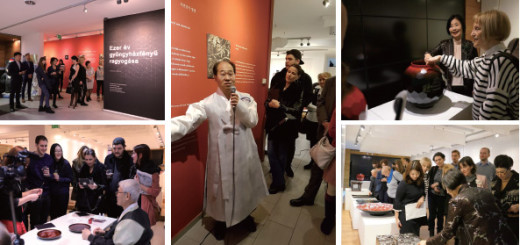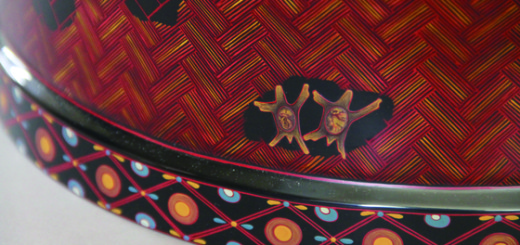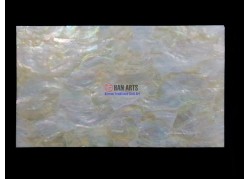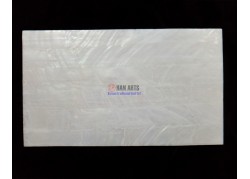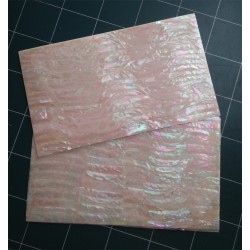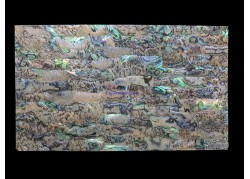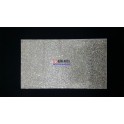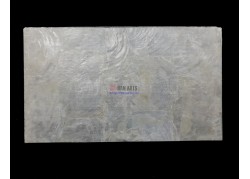The craftsmen of the Joseon Dynasty were masters of ‘One Source Multi Use’. I knew that I could solve the cultural industry strategy that used a circular content in various genres well for hundreds of years ago. It is a way in which the works of various craft genres share the contents of painting such as literary paintings, street paintings, and landscape paintings.
In the special exhibition ‘The Battle of Chosun – Ochoncholan’, which is being exhibited at the Sangsadong folk museum branch in Gangnam-gu, Seoul, we will see the outstanding contents application power of the Chosun craftsmen. The lacquered shells and shells of the lacquer were attached to the black lacquer wood board, and various lacquerware made of lacquerware, shells, pillows, and pillows were filled up.
You can appreciate a lot of works by changing the positions of front and back and up and down. Thanks to this, it reveals the essence of painting techniques that reproduced on the body in the way of making elaborate lines by engraving pieces of contemporary fashion paintings such as paintings, folk paintings, It is interesting to see that the trend of the paintings of the present day is similar to that of the blue-tinted white porcelain,
Exhibitions covering 18th and 20th century maritime crafts are mostly made in the 19th century. As the interest in craft hobbies in the 19th century has increased as in the case of white porcelain white porcelain, the lacquerware is also overly colorful and dazzling. As the painting became popular, the sense of beauty of the artifacts naturally changed into the aspect of reproducing the folk paintings, decorative paintings, courtesy paintings and so on. Attracting attention to unique techniques such as breaking the prehistoric fragments and showing the irregular color on the cross section and breaking the delicate lines with the finely cut clamshell line, The lacquerware has been sensitive to the changes since the end of the 18th century, but it also has conservative features such as adhering to the finely patterned patterns of the Goryeo period, even though it had undergone the Japanese invasion until the 17th century.
